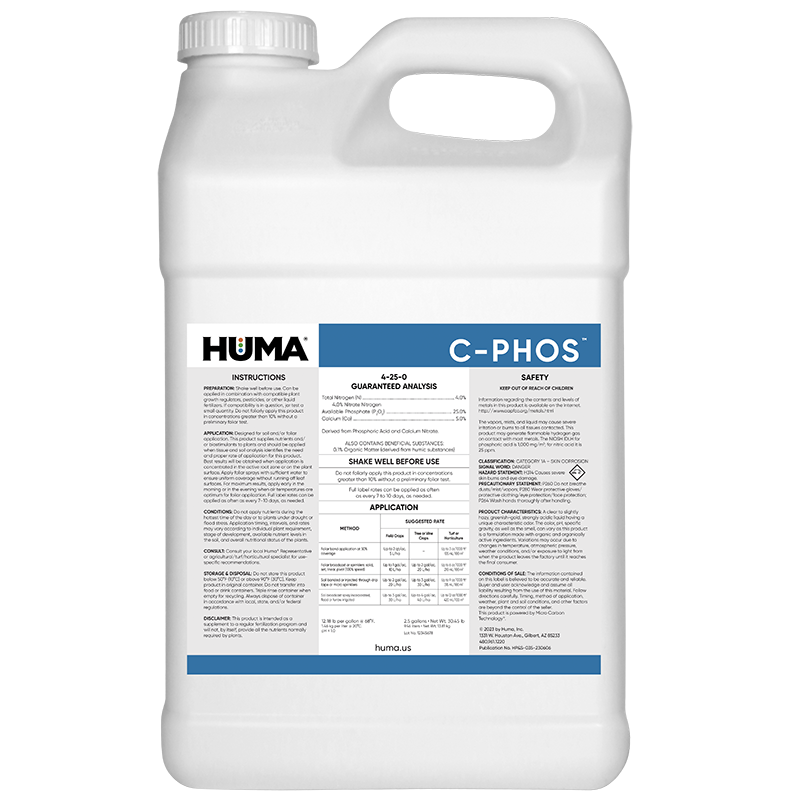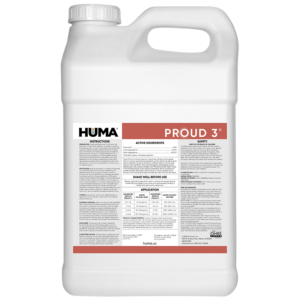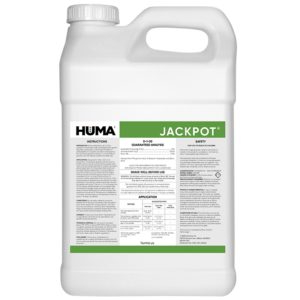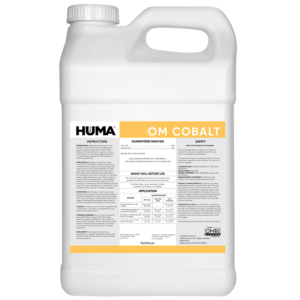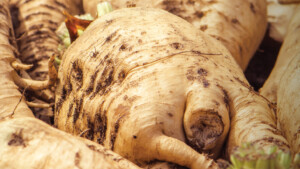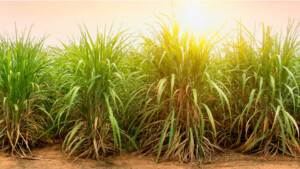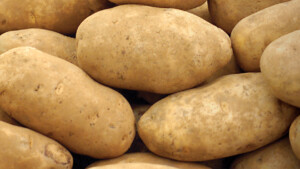C-PHOS
Benefits of Use:
- Resists “tie-up” with calcium or aluminum to remain water soluble and available to plant roots
- Moves with irrigation water to aid in proper placement
- Can be tank-mixed to improve availability of other nutrient solutions
- Is non-salt-forming
- Aids in phosphorus uptake in cold or waterlogged soils
- Is useful in the cleaning and maintenance of drip irrigation systems
- Aids phosphorus uptake in high pH or calcareous soils
Deficiency Symptoms—When to Apply:
- Slow growth; stunted plants
- Purplish coloration on foliage of some plants (older leaves first)
- Dark green coloration with tips of leaves dying
- Poor grain, fruit, or seed development
- Leaves and terminal buds distorted
- LETTUCE: tip burn; TOMATO/PEPPER: blossom-end rot; CUCUMBER: hollow heart; BROCCOLI: black heart
FAQs
Related Products
Related Case Studies

PROUD 3 Fungicide Replacement
Background Huma® fungicide programs with Micro Carbon Technology® provide growers with effective options that can replace synthetic fungicides with a more sustainable and environmentally friendly approach, while providing excellent control and improving crop health, yield and quality. Objective The focus of this study was to assess if 2 of Huma’s products CROP-GARD® (Growth Manager) and
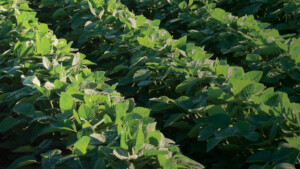
Huma® Organic 1-3 mm Dry Humate vs Biochar in Soybeans, With ROI of 4:1
Background Humates are used as soil amendments that have shown to improve crop production. The usage of biochar as a soil amendment has gained traction and has also shown to increase crop yield. Objectives The aim of this study was to test how preplant soil application of organic (OMRI-Listed) humates (Huma® OM 1-3mm) and biochar
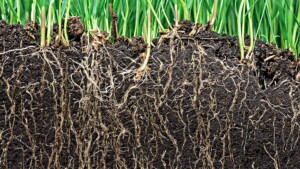
Zap® Improves Soil Biology and Soil Structure
Objective Huma® Zap® has been shown to improve crop yield and soil conditions. This research investigated some of the ways Zap improves soil characteristics such as soil biology and soil structure. Materials & Methods Two sets of soil in containers received two different solutions. The first received 120 ml of only water and the second
Related Blog Posts

Joel Reid: Humates for Increased Phosphorus Availability
Humic substances in the soil are well known for increasing availability of plant-necessary nutrients (Pettit, 2012). Of the multitude of these nutrients, phosphorus is of paramount importance in many aspects of the growth phases and fruit/grain production of the food crops we raise worldwide. In many cases, phosphorus is an element that is rather immobile

Introducing New Humic Conversations Video Series
We are excited to introduce our new educational project, the Humic Conversations Video Series. As the name suggests, each episode of the series will focus on humic substances. Two leading researchers from our Humic Research Lab. Dr. Rich Lamar and Dr. Hiarhi Monda will share their expertise with the viewers. In Episode 1 of this


